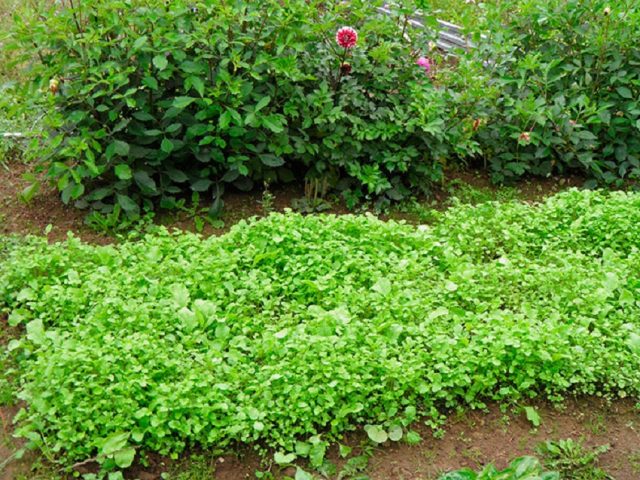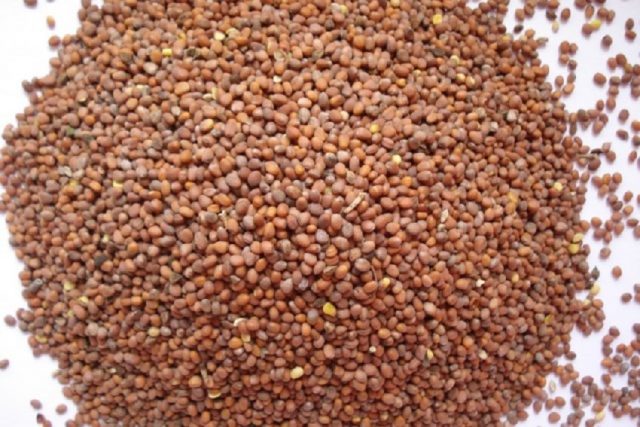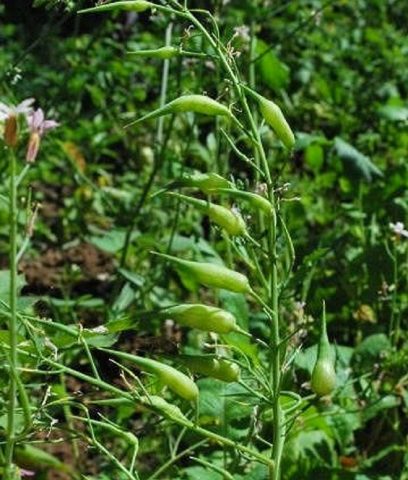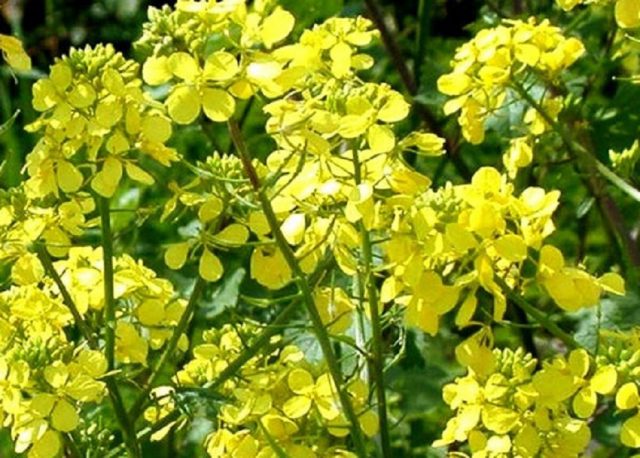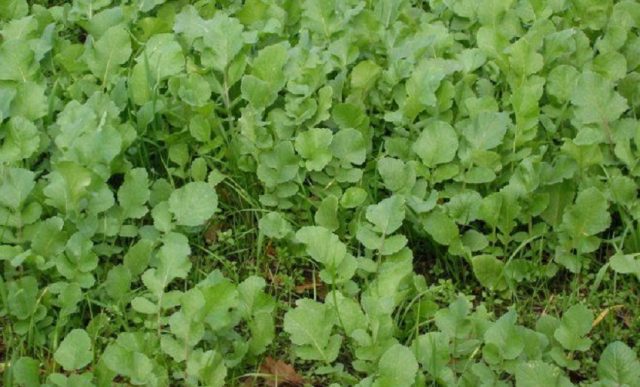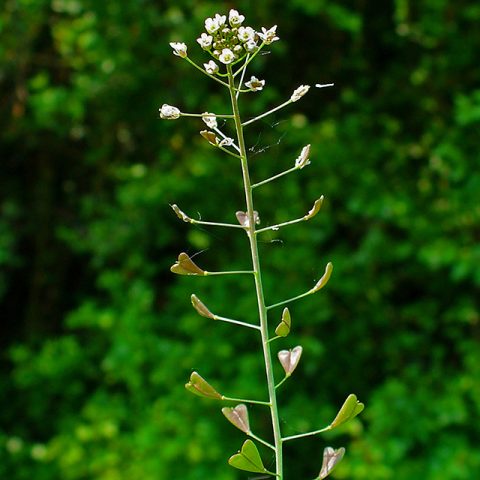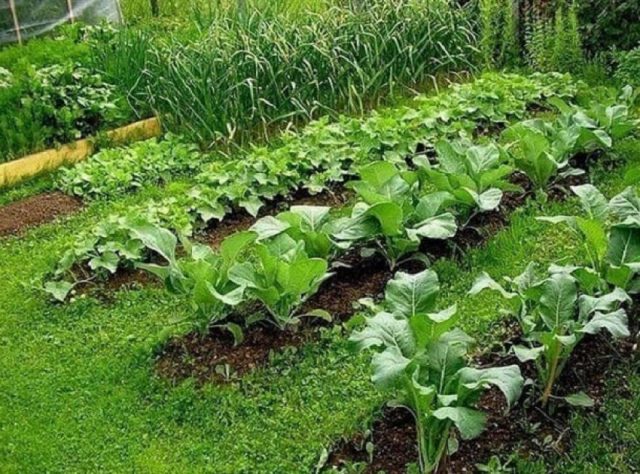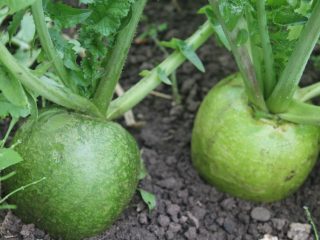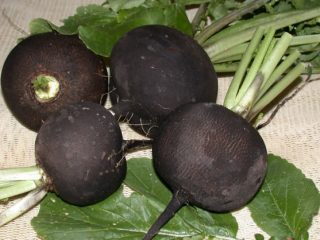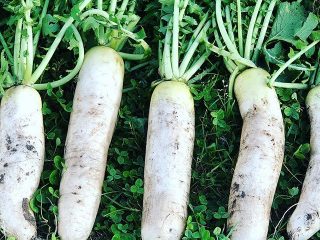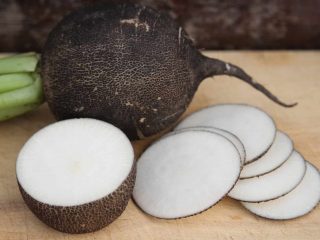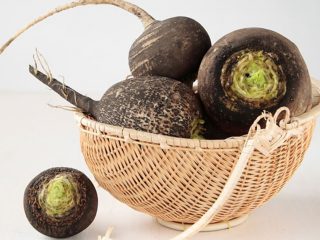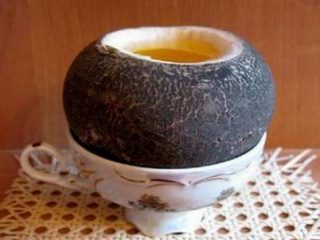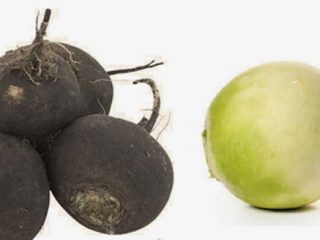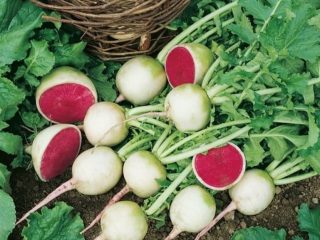Content
The oil radish is a well-known cruciferous plant. It is not suitable for food, however, vegetable growers consider oil radish an invaluable fertilizer. In addition to being a green manure with unique properties, it serves as a fodder crop and honey plant. Grown in private and private farms. Helps to prevent soil depletion after vegetable crops, which draw out useful components during their development.
Adherents of culture are adherents of organic farming, which provides for the absence of chemicals on the plots.
A photo of oilseed radish crops is presented below:
Description of oil radish
The oilseed variety does not occur in the wild. It is an annual plant native to Asia. Now distributed throughout Europe and North America. Latin name - Raphanusoliefera.
The height of an adult plant reaches 1.5 m. The root of an oily radish looks like a rod with a thickened upper part and strong branches on the sides. The root is powerful, penetrates deep into the soil, extracts moisture and nutrients from the deep layers of the earth.
The root crop in the oil-bearing species is not formed, this is the main difference from the ordinary radish. As a fruit, a pod is formed, filled with reddish seeds. Oil radish seeds are small, 1000 pieces weigh no more than 12 g.
One box contains 2-5 pcs. seeds. The pod will not crack. This makes it possible to harvest with mature seeds during wet weather. The pods do not need to be dried.
Oil radish seeds contain up to 50% fat. Vegetable oil is obtained from them, which serves as a component in the production of biofuels.
The stem is strongly branched and strongly leafy. The leaves are large, indented, there are especially many of them at the base of the stem. Therefore, it is rather problematic to isolate the main stem. The length of one reaches 6-8 cm, the width is 4-6 cm. The green mass grows intensively in cold weather. By the way, some housewives still use the leaves as a salad.
Numerous brushes on the stems are radish inflorescences.
In structure, they are loose, consisting of flowers of various colors - white, lilac, pink, pale purple. With a good agricultural background, they grow large and often white.
Oil radish: green manure
The use of oil radish as a green manure is due to the characteristics of the plant. The most sought after by gardeners are the advantages of radish over other green fertilizers. Maslenitsa view is prized for its ability:
- Structure the soil well... The strong ramification of the root system loosens the earth. This characteristic of the radish is indispensable on heavy clay soils, where it is difficult for plant roots to get air and moisture. Additionally, the roots are good at preventing the spread of erosion (wind or water) and prevent the topsoil from drying out.
- Saturate the earth with useful substances... In oil radish, the nutritional value of the tops is equal to that of legumes. The stems contain a large amount of protein, organic matter, calcium, humus and phosphorus.
- Reduce nitratesentering the ground from groundwater.
- Scare off pests of vegetable crops from the site and disinfect from the spread of fungal infection. It is very valuable that this representative of cruciferous plants suppresses nematodes. The content of essential oils in oil radish is very high. This was the reason for choosing a name for the plant.
- Suppress growth and development weeds... The rhizome of the oilseed crop can be prevented from developing even by wheatgrass. Less strong weeds are not even worth worrying about.
In addition to the listed advantages, the plant quickly gains green mass even at low air temperatures.
Seeding rate of oilseed radish per 1 hectare
To maximize the benefits of sowing oil radish, there are norms for sowing green manure seeds. Depending on the sowing area, they use (in ascending order of magnitude):
- 1 sq. m - 2-4 g of seeds;
- 10 sq. m - 20-40 g;
- 100 sq. m (weaving) - 200-400 g;
- 1000 sq. m (10 acres) - 2-4 kg;
- 10,000 sq. m (1 ha) - 20-40 kg.
It is recommended to adhere to seeding rates for any area. When sowing in early autumn, the rates are increased in order to distribute the seeds more densely.
When to sow green manure oil radish
Depending on the goal pursued by the vegetable grower, sowing oilseeds is possible during the entire period of growing plants - from April to mid-October. Due to the fact that the plant is cold-resistant, it is recommended to use it during autumn green manure. In this case, seeds are sown immediately after harvesting vegetables with early fruiting - early varieties of potatoes, winter garlic, and onions.
Sowing of oil radish for winter rapeseed is not practiced, since these crops have common pests.
Oil radish cultivation technology
A bed for sowing oily radish begins to be prepared immediately after harvesting vegetables. The soil is dug up or loosened, plowing is carried out in the fields. Seeds are planted to a depth of 2-3 cm. Before sowing, small seeds are mixed with dry earth or sand to distribute evenly over the area. A simplified way is to scatter the seeds over the surface of the soil and walk with a harrow.
Seedlings will appear in 4-7 days, after 3 weeks the plant will already have formed a basal rosette, and after 6-7 weeks it will bloom. During the entire growing season, the culture does not require watering, loosening or dressing. An exception would be growing on slightly alkaline soil. In this case, the seedlings will have to be fed with organic matter. The yield of oil radish seeds directly depends on the literacy of fertilizing.
Do I need to dig up a radish for the winter
The grown plant can be dug up, or you can leave it for the winter without mowing. For late sowing, it is better to leave the radish for the winter. The stems and roots will keep the snow cover in the beds, allow the soil to accumulate more moisture, and prevent the soil from freezing to a greater depth. After the snow melts, the plant begins to decompose on warm days and saturates the soil with useful components.
When to dig up an oily radish
The best time is considered to be 1.5 months after sowing. During this period, the seedling will grow green mass. The main thing is not to miss the moment of flowering. The plant must be mowed and dug up before flowering. If, nevertheless, the moment is missed, then the stems are mowed and put into a compost pit. This is necessary to prevent insemination of the plant in the beds.
When the digging is done on time, it is recommended to mow the green mass for convenience. Then chop the stems with a shovel and dig it up with the ground. In addition to embedding in soil, the plant is used as:
- mulch;
- compost pit component;
- pet food.
You need to finish digging the green manure 2 weeks before the start of the first frost.
Oil radish as a forage crop
Shrovetide radish is beneficial to plant not only as a fertilizer.The plant is of great value as a forage crop. This is due to its rapid maturation, abundant germination and nutritional value. With proper agricultural technology, 400 kg of green mass are obtained from 1 hectare, with additional nutrition, the figure rises to 700 kg.
Fast ripening allows 4 mows per year.
Animals are fed not only fresh, but also dry. The culture is used to prepare flour, haylage, silage, granules, and briquettes. By mixing with other crops such as peas, corn or oats, breeders increase milk yield, increase pet weight and reduce morbidity.
Late sowing allows you to walk the animals before the onset of frost.
When grown for fodder, oil radish is combined with crops of sunflower, legumes and cereals. In terms of energy indicators, the plant is not inferior to clover, alfalfa and compound feed. Oil radish serves as a supplier of iron, potassium, zinc, vitamin C for animals.
The value of oil radish as a honey plant
For beekeepers, the culture also has an advantageous characteristic - the duration of flowering. Therefore, cultivation as a melliferous plant is also very common. The flowering period is more than 35 days, and nectar is formed even with a drop in temperature or a lack of sun.
Long-term flowering allows bees to obtain pollen even while other plants are already bearing fruit. The high content of essential oils makes the obtained honey medicinal. Beekeepers should be aware that oil radish honey is subject to rapid crystallization, so it is not left in hives for the winter or for long-term storage.
It is necessary to sow a crop as a honey plant with an interval of 40 cm between rows.
Which is better to sow: mustard or oil radish
Both plants:
- belong to the cruciferous family;
- withstand a cold snap and at this time build up the green mass.
They are distinguished by the possibility of growing on various types of soils. Gardeners who have soil with high acidity on the site should sow oil radish.
Also, the plant is useful in heavy clay soils. However, in poor land, culture will not work well. It is good to sow mustard where the soil is not very fertile. It restores and nourishes poor soils. Mustard is suitable for loam. Helps to get rid of pathogenic microorganisms that cause diseases of crops with scab, late blight and rot. Radish cleans the area well from nematodes and fungal pathogens.
Mustard is often used as a companion plant, protecting other crops when grown together. Oil radish forms a plant much larger than mustard.
Vegetable growers should choose a plant for sowing, depending on the composition of the soil on the site, the goals of greening and the desired result.
Conclusion
Oil radish is a very effective "green fertilizer" for the soil. It does not require special care measures, it grows well even without the intervention of vegetable growers. It allows you to significantly improve the agricultural background of the site for growing useful crops.
